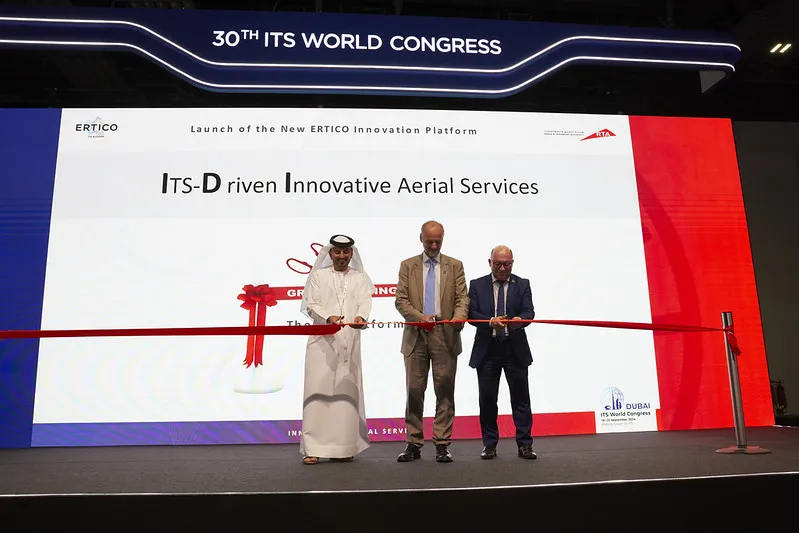
New Zealand’s Minister of Transport, Energy and Safety, Simon Bridges has brought a clear message to ITS World Congress: “We are open for business”. He said the country’s regulatory regime is “as enabling as any in the world” for testing technology including driverless cars and unmanned aerial vehicles (drones).
“We are not far off completing the road network and from that point on it has to be a case of getting smarter, and if we can go from 1.2 people per car to 1.7, that will make a massive difference,” said Bridges. With NZ’s vast rural areas, Bridges said the car is likely to remain the predominant form of mobility, but over time that will become driverless and car sharing will become normal.
However, the country’s cities are experiencing major growth and the government is planning a road charging system for Auckland; probably GPS based with variable rates per kilometre – although public acceptance remains an as-yet unknown factor. Reflecting technological advances, the NZ government is currently reviewing regulations concerning public transport, taxi, mini cab and taxi hailing app services to create a level playing field and remove the need for local knowledge – which satellite navigation has made largely irrelevant, Bridges said.
Bridges said this week’s ITC World Congress was a major opportunity for his country’s authorities to learn and discover solutions – as shown by the fact that the country has the second largest number of
delegates.










